There is a dearth of quality museums in Karachi. Let me rephrase it. There is a dearth of museums in Karachi. Therefore establishment of Sindh Police Museum comes as a welcome surprise. Although a soft launch was done in 2017, still not many people are aware of it. A trip to the museum is surely rewarding. In the city where there is a trust deficit between citizens and the police, the museum can serve as a bridge and help citizens see Police force in a new dimension. On the other hand, it documents and preserves history of one of the oldest modern police forces in the world.
The museum is only open during weekdays, something which limits its reach. Getting there is quite easy. It is situated inside Garden Police compound and is housed in the first building as you cross the entry check post. Make sure that you bring your National Identity card. The building is perhaps the oldest in entire compound. The people at the museum tell me that it was built in 1860s and as a proof they show me a section where the roof is built with Mangalore tiles which have a date stamp of 1865. The tiles have been replaced with the new ones but they have left a section on purpose. There is a photo gallery which is exhibited in a separate building behind the museum.
The photo gallery has some of the rare photos of people related to the Sindh police. There is a photo of Bartle Frere with his family and there is a photo of first Muslim ASP of police. There are photos of graduating batches from early 19th century smartly dressed in groups and in photo studios.
The ground floor of the main building has a small collect of vintage guns and there is lot of information printed on the panaflex which is hanged on the walls. There is a selection of orders issued by Charles Napiers in 1843 which are about cruelty to animals and rules that need to be observed in Jails. There is history of mounted and rural police which helped kept order in rural areas. These two forces were in addition to city police which managed Karachi. One name that keeps showing up is that of Edward Charles Martson who was entrusted by Charles Napier to head Sindh Police in its infancy. Martson took charge from William Brown – the first superintendent – and headed Sindh Police from 1848 to 1872 and left it as a model for other regions in subcontinent to follow.
A wooden staircase leads us to the first floor where we can see evolution of Sindh Police uniforms. In the beginning, police force was required to get their uniform stitched themselves but later the department issued them. There are more police orders of historical significance that hang on the walls of two rooms on first floor. There is the posting order of Charles Martson and there is police security order from 1844 which was issued for maintaining security during Muharram in Karachi. There are some important artifacts which have been preserved on this floor which include administration, census and other reports. In one corner, there is a display of various communication equipment that has been used by Sindh Police over the last century. There is a collection of medals that have been issued at various important historical events and been exhibited due to the generosity of recipients’ families. The historical reports have been collected from various other departments such as Sindh Archives.
Sindh Police Museum has been made possible due to the efforts of Saud Mirza, former police chief for Karachi. He has been the driving force who has been instrumental in collection of various artifacts from all corners of Karachi and beyond. The staff at the museum is similarly driven and see themselves as custodian of an important archive. However they have only started the journey and maintaining the initial energy and willingness will determine the lasting success of this museum.



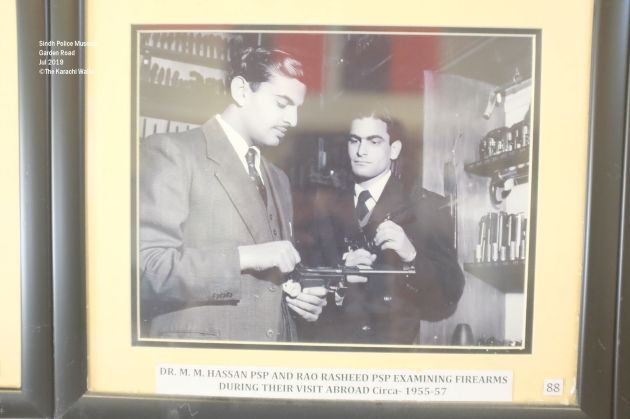

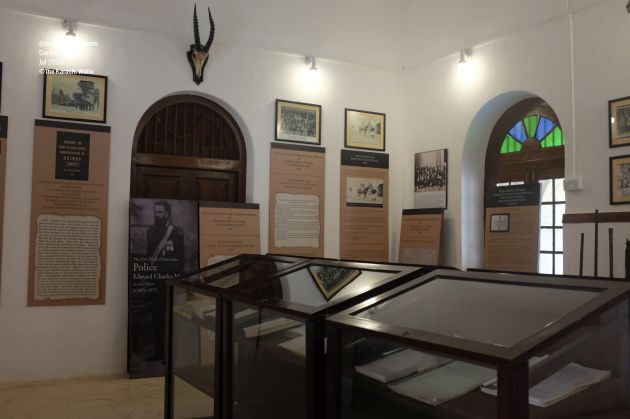
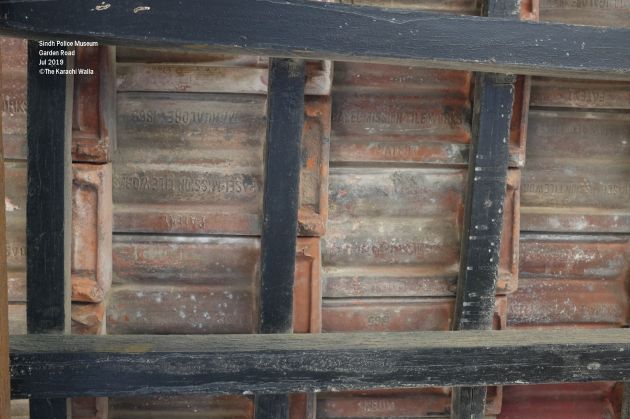
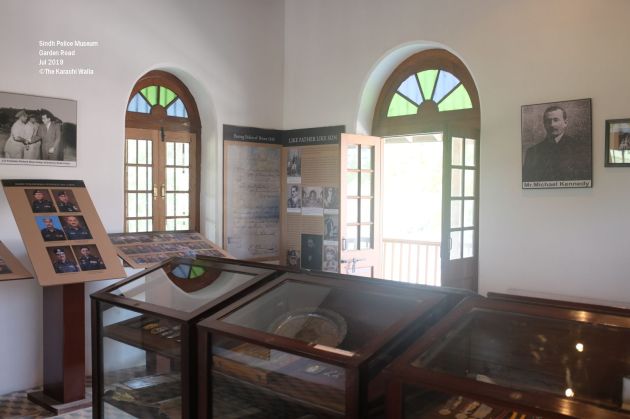

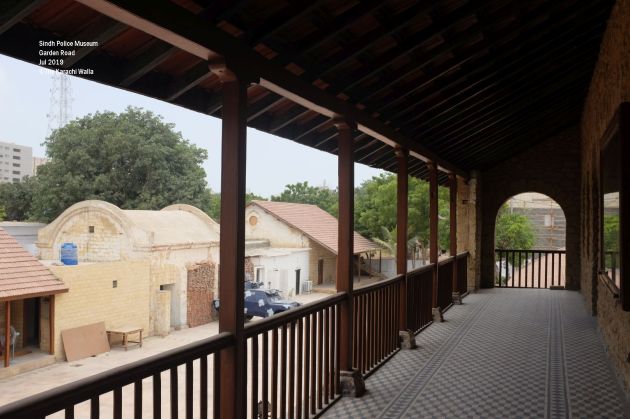
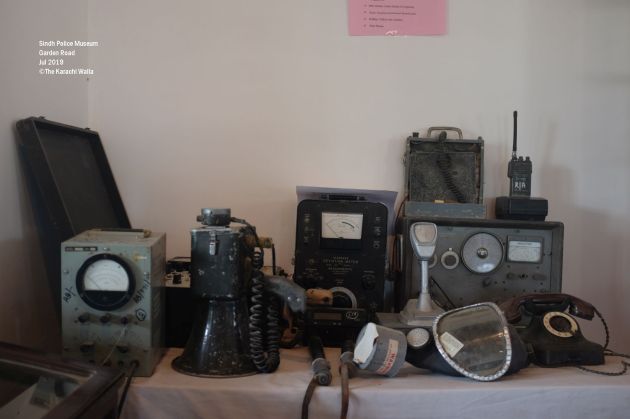
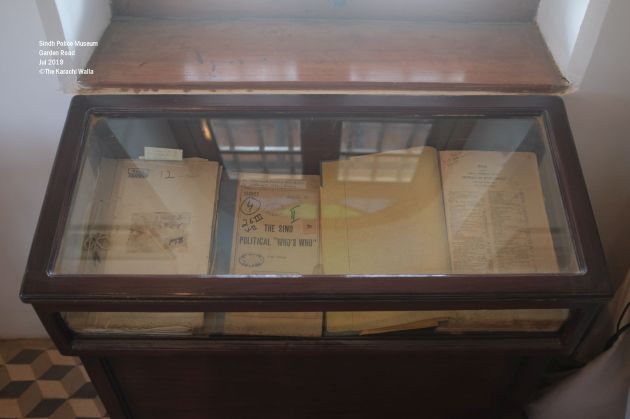
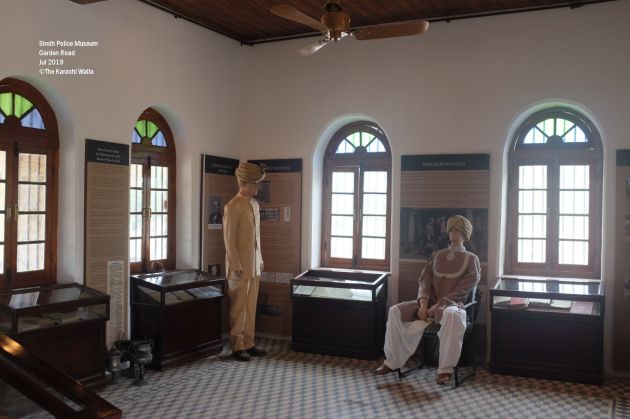

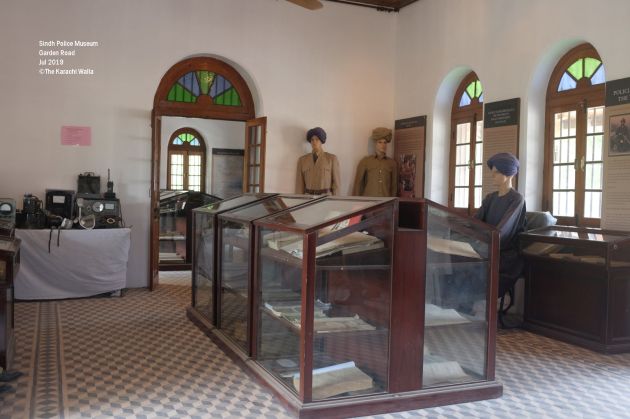
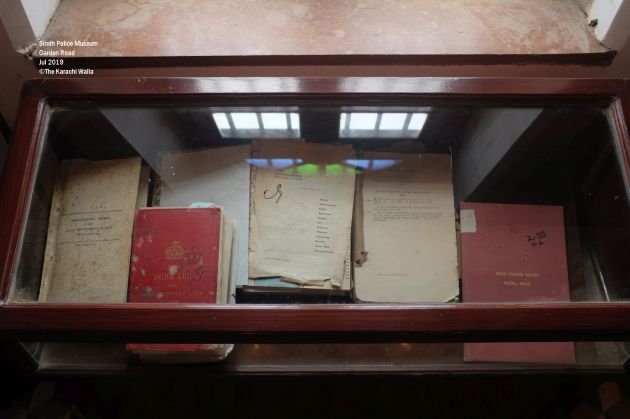
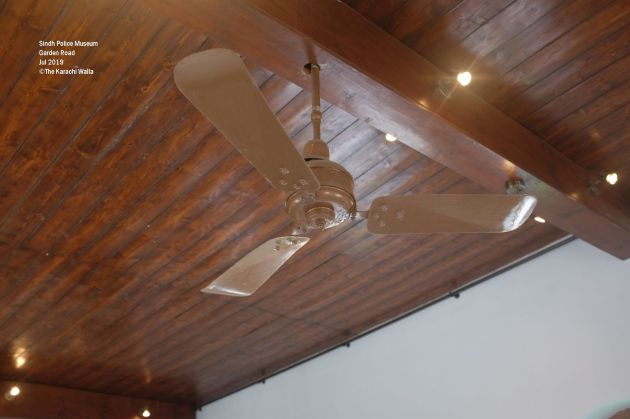

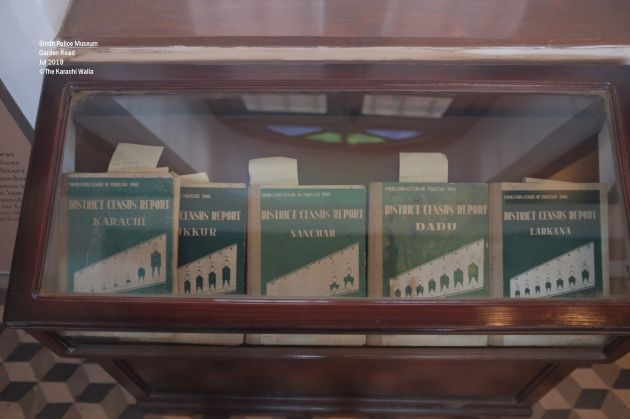
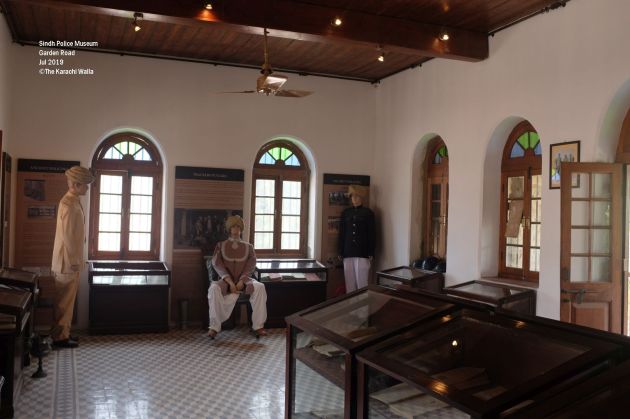
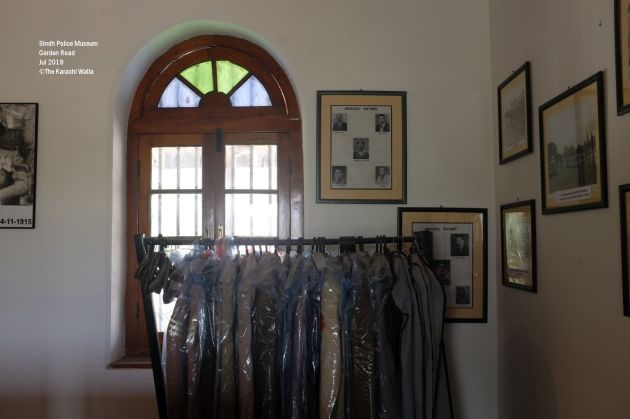
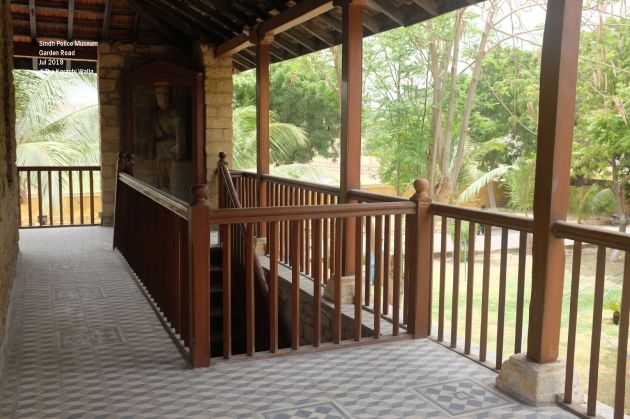
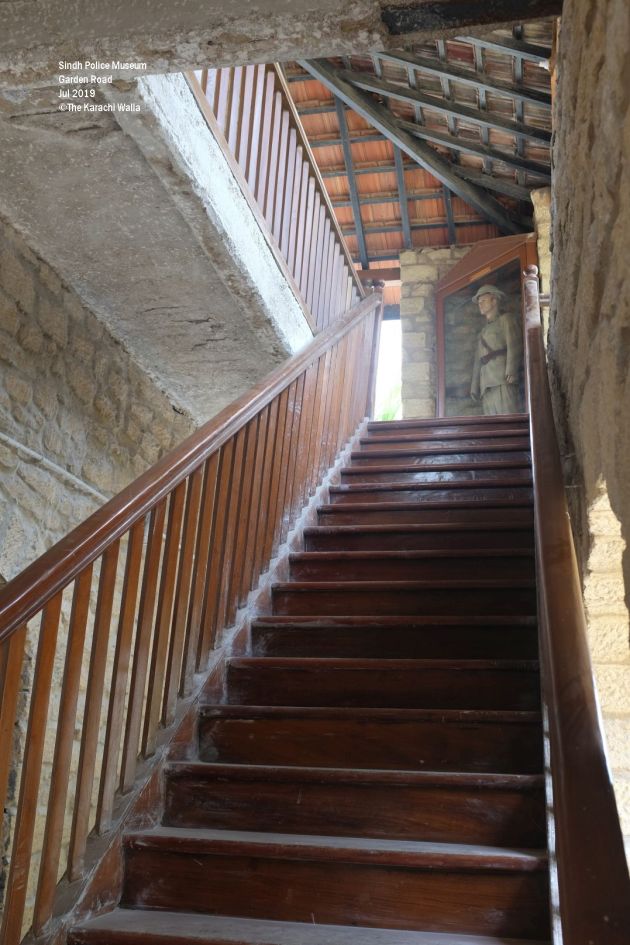





An interesting article. Beautifully written and photographed. This article invites me to visit this place soon. Thank you for such a wonderful post.